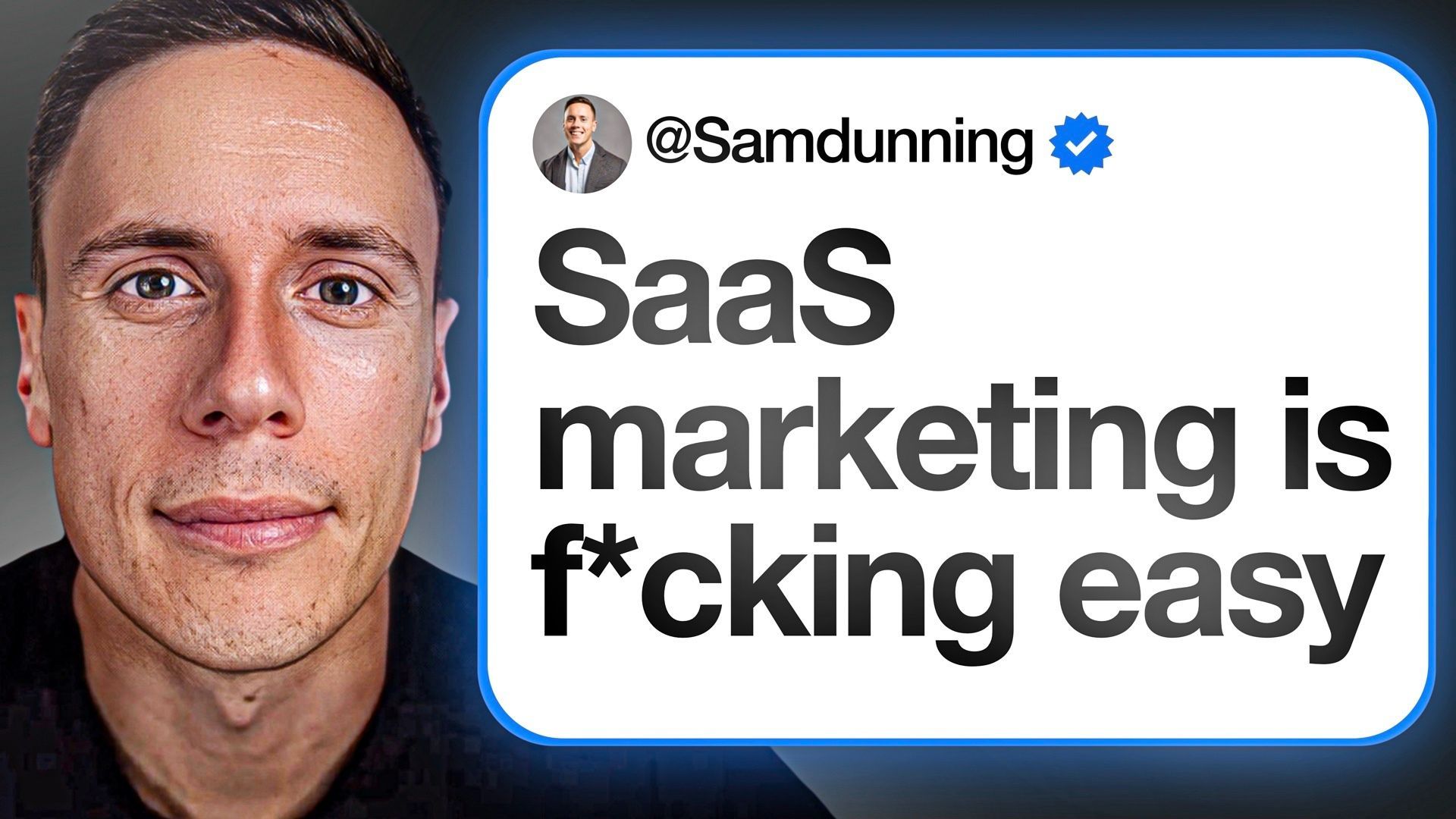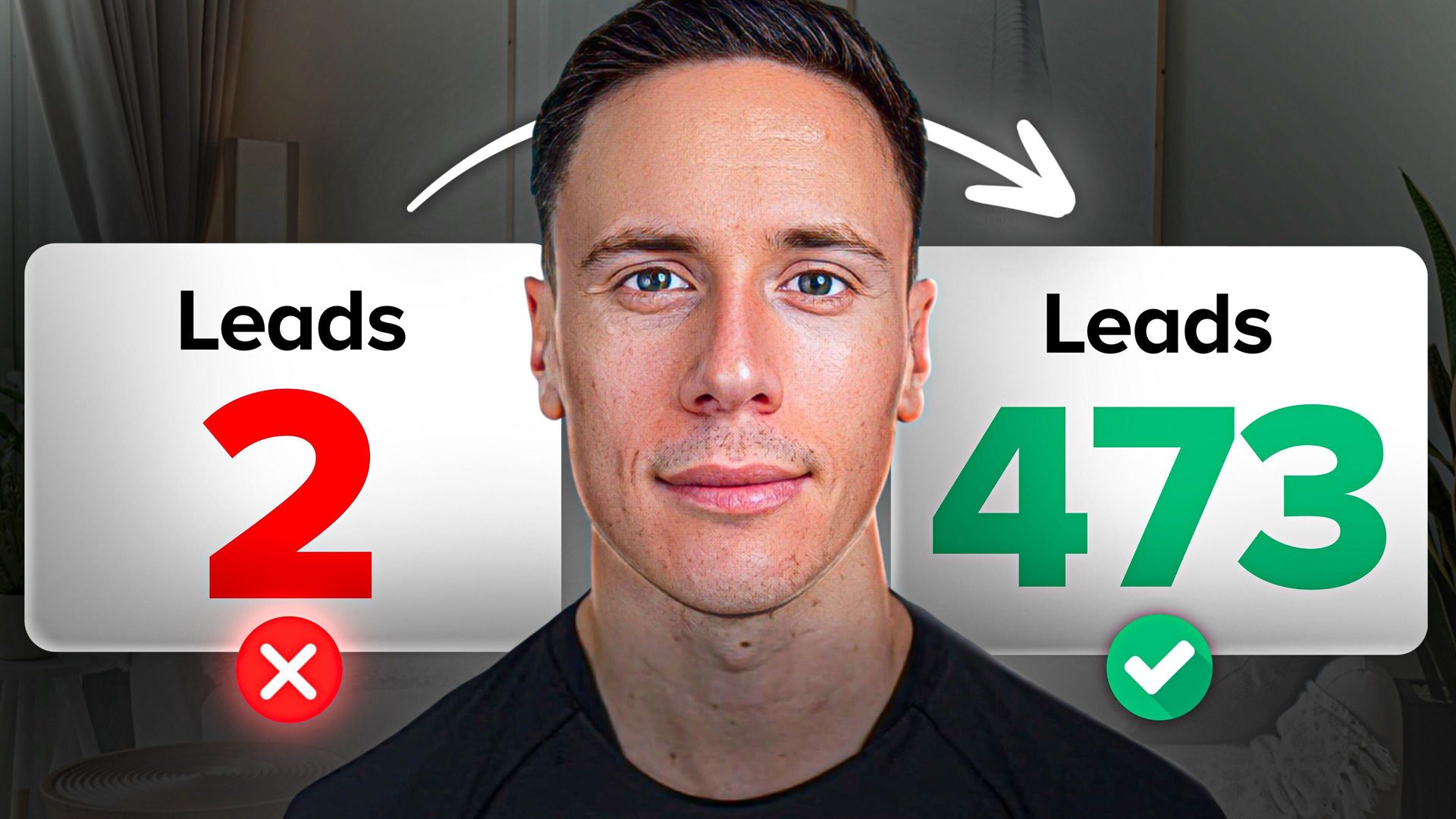Table of Contents
Ready To Grow Organic Pipeline & Revenue?
See if we can scale your organic pipeline from SEO as quick as 90 days.
This is a subtitle for your new post
Quick Summary
Struggling to Grow Despite Marketing Efforts?
We’ve audited dozens of SaaS marketing strategies and found the same thing, growth stalls when teams don’t know what’s working. You can’t scale what you’re not measuring right.
At Breaking B2B, we treat a SaaS marketing audit like a revenue health check to uncover underperforming channels, misaligned messaging, and missed SEO opportunities.
In this Breaking B2B guide, we’ll show you how to audit your marketing the right way, so your team stops guessing and starts focusing on what drives real pipeline growth.
But first…
Why Listen to Us?
At Breaking B2B, we’ve helped numerous B2B SaaS and service-based companies dominate organic search, ranking #1 for revenue-driving keywords in hyper-competitive markets. From Fintech to Logistics, our SEO strategies consistently scale traffic, leads, and sign-ups. That experience gives us the insight to break down exactly how to run a high-impact SaaS Marketing Audit, the way real growth teams do it.

What Is a SaaS Marketing Audit?
A SaaS marketing audit is a structured review of your current marketing strategy, channels, and performance. It identifies what's working, what's wasting budget, and where untapped growth opportunities exist across SEO, content, PPC, email, and CRO.
The goal is to align all marketing efforts with revenue-driving outcomes. This includes evaluating funnel performance, messaging clarity, keyword targeting, and conversion paths. Done right, it reveals the gaps holding your SaaS company back from scaling pipeline growth.
Why Is a SaaS Marketing Audit Important?
- Aligns Strategy With Revenue Goals: Ensures every marketing effort supports actual sales outcomes, not vanity metrics.
- Identifies Wasted Budget: Highlights low-performing channels or campaigns draining resources without ROI.
- Uncovers Missed SEO & Content Opportunities: Finds gaps in keyword targeting, content depth, or technical SEO, something we often see when auditing SaaS companies at Breaking B2B, especially around high-intent keywords and underutilized decision-stage pages.
- Improves Conversion Paths: Reveals friction points in the user journey that stop leads from becoming customers.
- Creates a Scalable Growth Plan: Builds a clear roadmap based on data, not guesswork.
How to Run a SaaS Marketing Audit That Drives Pipeline Growth
1. Define Audit Goals Aligned With Revenue
Start with clarity. A SaaS marketing audit isn’t helpful unless it's tied to business outcomes. Define what success looks like:
- More qualified leads?
- Shorter sales cycles?
- Improved demo-to-close rates?
Meet with your marketing and sales leaders. Align on metrics that matter, not just traffic or click-through rates, but SQLs, pipeline velocity, and close-won revenue. This ensures your audit isn’t just tactical, it’s strategic.
Next, pinpoint where the friction lies.
- Are you losing traffic, or converting the wrong audience?
- Are deals stalling mid-funnel?
Define 2–3 audit objectives tied directly to pipeline impact.
Set audit boundaries. Focus on areas that directly touch revenue, SEO, paid, site experience, email nurture, and content alignment.
Use this as a filter throughout your audit. If a metric or tactic doesn’t connect to pipeline or cost-efficiency, de-prioritize it.
Pro tip: Many companies try to fix tactics before fixing direction. Make sure your audit is revenue-aligned from day one, or risk fixing the wrong problems.
2. Review Current KPIs and Analytics Setup
Before diving into channel performance, verify your tracking infrastructure. If your data is off, every insight that follows will be flawed. This step ensures you're measuring what matters, and that it’s accurate.
Start by checking Google Analytics (GA4) and your CRM or marketing automation platform. Confirm that goals and events are firing correctly. Pay special attention to:
- Form submissions and demo requests
- Scroll depth and time on page for key content
- Attribution paths and conversion source accuracy
Review how leads are being tracked across stages, visitor to MQL, MQL to SQL, SQL to opportunity. If you don’t have full-funnel visibility, flag it early.
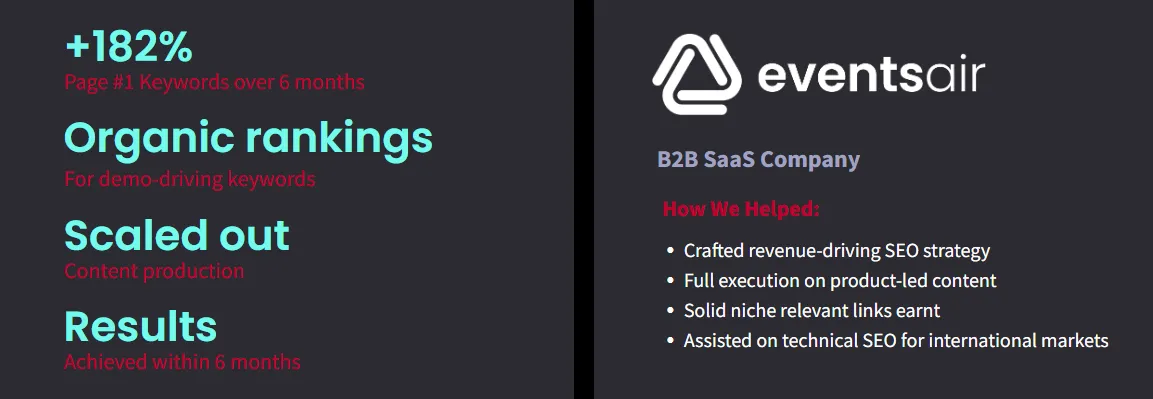
Next, evaluate the KPIs you’re using. Are they lagging indicators like traffic? Or leading indicators like demo bookings and content-assisted conversions?
If your reporting stack can’t show how each channel contributes to revenue, your audit will hit a ceiling. Fix the tracking first, then move forward. Data quality makes or breaks audit insights.
3. Evaluate SEO Performance (Technical, On-Page, Content)
SaaS companies often underestimate how much revenue is lost to weak SEO foundations. An audit must go deep, surface-level checks won’t reveal structural issues that limit organic performance.
Start with technical SEO. Use tools like Screaming Frog or Ahrefs to scan for crawl issues, broken links, redirect chains, slow-loading pages, and improper indexing. If your key product or feature pages aren’t indexable, you're leaving qualified traffic on the table.
Check for canonical errors, broken pagination, and XML sitemap discrepancies. Also review your robots.txt to ensure nothing critical is being blocked unintentionally. Use Google Search Console’s “Coverage” and “Enhancements” reports to catch indexing anomalies that third-party tools might miss.
Next, assess on-page elements. Review:
- Title tags and meta descriptions for keyword alignment
- H1 and subheader structure for clarity and scannability
- Internal linking logic and anchor text relevance
- Keyword targeting gaps across funnel stages
Use heatmaps or session replays to confirm whether your headline structure and content order match how users consume the page. Also assess content freshness—do key pages show outdated data or screenshots? If so, rankings and credibility may suffer.
Then
audit your content depth. Are they written for buyers or bots? At Breaking B2B, we help B2B SaaS companies craft bottom-funnel content that ranks
and converts - just like we did for Elite Competitions. Think solution comparisons, use cases, pricing breakdowns. These pages often drive the highest-intent traffic.
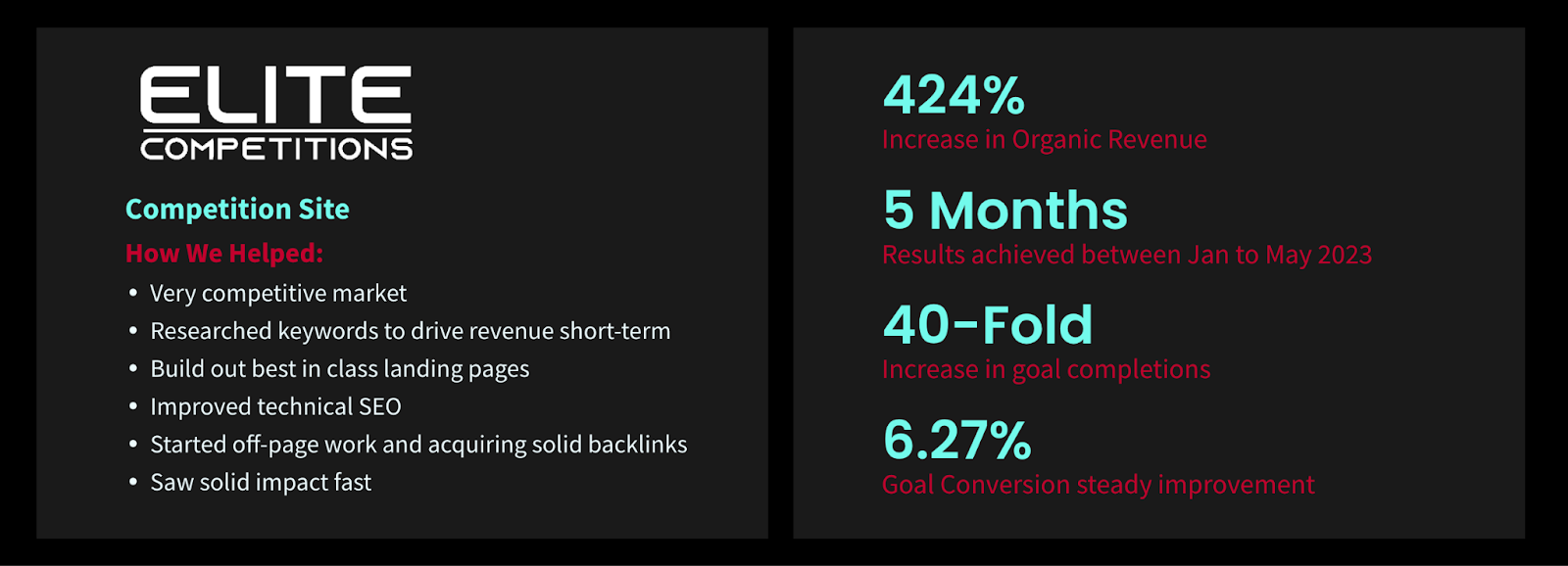
Go deeper by reviewing FAQ usage, schema markup, and keyword variety. Look for semantic coverage, are you only repeating one phrase or covering the topic broadly enough to match evolving search intent? Strong pages answer not just what the user searches, but why they search it.
Benchmark rankings against competitors. Look beyond branded keywords. Are you visible for “demo intent” terms tied to your core product? If not, you’ve got a revenue leak.
Use a competitor content gap tool in Ahrefs or Semrush to identify high-value terms they rank for that you don’t. Pay attention to the structure of their top-ranking BOFU pages. Do they use customer quotes, video, or downloadable assets that you’re missing?
Finally, map existing content to commercial value. Pages driving traffic but no conversions? Flag them. Pages with high bounce and low dwell time? Rework them. Don’t just check if content exists, evaluate whether it earns its keep.
Create a “content performance quadrant” to classify all pages by traffic and conversion rate:
- High traffic + high conversion → double down
- High traffic + low conversion → optimize CTA or intent alignment
- Low traffic + high conversion → strengthen SEO visibility
- Low traffic + low conversion → update or prune
SEO is often a compounder. But only if the foundation is clean, the content is strategic, and the structure supports scale. Your audit must reveal where it breaks.
4. Audit Paid Channels and Budget Efficiency
Paid channels can burn budget fast if misaligned with buyer intent or lifecycle stage. Your audit should isolate what’s contributing to the pipeline, and cut everything else.
Start by pulling performance data from Google Ads, LinkedIn, or wherever you're active. Segment campaigns by funnel stage. Are top-of-funnel ads generating leads that convert, or just noise?
Review cost-per-lead and cost-per-opportunity. High CPLs are fine if they lead to high-value deals. But if your paid leads rarely make it to SQL, you're likely over-indexing on traffic and under-investing in quality.
Assess landing page alignment. Too often, SaaS campaigns send high-intent users to generic pages with poor message match. Audit these for conversion friction and funnel drop-off.
Look for wasted spend in:
- Broad match keywords and weak audience targeting
- Redundant campaigns or channels with overlapping reach
- Poor-performing geos or devices eating up budget
Your goal here is simple: trim the fat, double down on channels that tie directly to revenue. No vanity metrics. No wasted clicks.
5. Assess Website UX, Messaging, and Conversion Paths
Your website isn’t a brochure, it’s your best-performing sales rep. The audit should reveal whether it’s built to convert or just inform. Poor UX or diluted messaging kills lead flow, especially in B2B SaaS.
Start with first impressions. Does your homepage clearly explain what your product does, who it’s for, and why it matters? Test with someone unfamiliar with your brand, if they don’t get it in 5 seconds, your messaging isn’t working.
Then, evaluate key conversion paths. Review demo request forms, pricing pages, and product tours. Look at:
- Drop-off points using session replay tools
- Button placement and CTAs across pages
- Mobile responsiveness and load speeds
- Message clarity and differentiation from competitors
As a
SaaS agency, Breaking B2B specializes in rebuilding conversion paths, from page copy to form flow, focused on what drives demo requests.
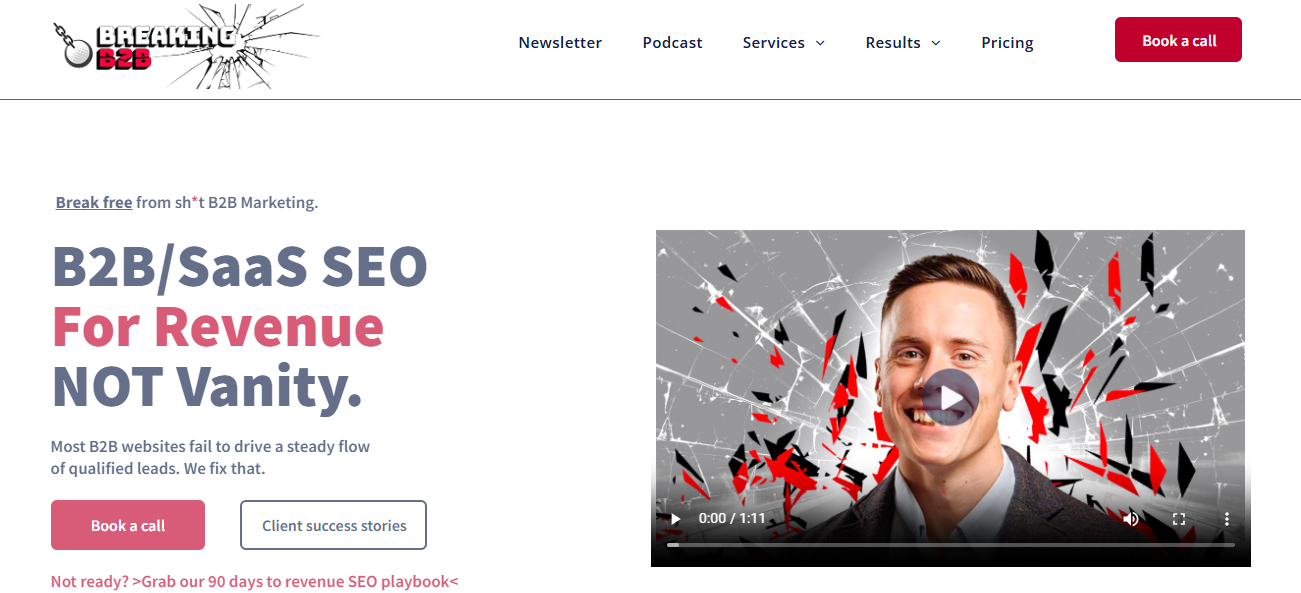
Map UX friction to revenue leaks. For example, are users bouncing from high-intent pages without taking action? Are your forms too long? Are CTAs buried below the fold?
Finally, check for consistency. Does your messaging align from ad to landing page to thank-you screen? Misalignment confuses users and kills conversions.
A clean, trust-building, conversion-focused site isn’t optional, it’s what turns anonymous visitors into customers. If your audit skips this step, your traffic won’t convert no matter how good the SEO or ads are.
6. Analyze Email Marketing and Nurture Sequences
Email is often overlooked in audits, yet it's where many SaaS deals are won or lost post-lead.
Start by pulling engagement data: open rates, click-throughs, and reply rates. Low numbers often point to weak subject lines, bloated copy, or poor timing. But don’t stop at opens, track conversion rates from email to actual pipeline.
Audit how your sequences align with funnel stages. Are you pushing your product too early? Are top-of-funnel leads being ignored entirely? Gaps here lead to cold leads and missed follow-ups.
Next, evaluate message clarity. Is the tone aligned with your brand? Does the copy guide readers to take one clear action per email?
Watch for bloat. Long sequences with no measurable engagement should be paused or rewritten. Every email should serve a single purpose and move leads closer to action.
7. Map Content to Buyer Journey Stages
Too much SaaS content lives in a vacuum, written without considering who it’s for or where it fits in the funnel. Your audit should expose these disconnects.
Start by cataloguing all live content: blogs, landing pages, webinars, videos, gated assets. Then, tag each piece to a specific funnel stage, awareness, consideration, decision. Most teams discover an overload of top-of-funnel posts and almost nothing for users ready to buy.
Use a spreadsheet or content inventory tool (like Airtable or Screaming Frog in content mode) to tag assets by URL, content type, funnel stage, publish/update date, CTA type, and performance (traffic/conversions). This gives you a living content map to build from.
Next, evaluate performance. Are decision-stage assets (like comparison pages or integration guides) ranking or converting? These typically drive the highest demo intent but are often underdeveloped or missing entirely.
Plug those pages into GA4 or attribution tools like HubSpot or Dreamdata. Look for assisted conversions, not just last-touch. Content that closes deals may not always be the first click.
As you audit, look for:
- Mismatched CTAs (awareness content asking for a demo)
- Content clusters without clear internal linking
- Thin or outdated high-intent pages
- Gaps in objection-handling or buyer education
Also audit tone, format, and intent match. A blog post about "how to solve X problem" shouldn’t use the same CTA as a pricing page. Consider using Smart CTAs that adapt based on lifecycle stage or behavior.
Each piece of content should move someone one step closer to a sale. If it doesn’t, you have a content inefficiency problem.
At Breaking B2B, we specialize in creating content that meets SaaS buyers at the bottom of the funnel, where pipeline is made. This includes building out competitor comparison pages, use-case breakdowns, and feature-specific landing pages that tie directly to qualified leads.
We did this for Cerbos, a security-focused SaaS tool, which led to a 48.3% year-over-year increase in organic impressions.
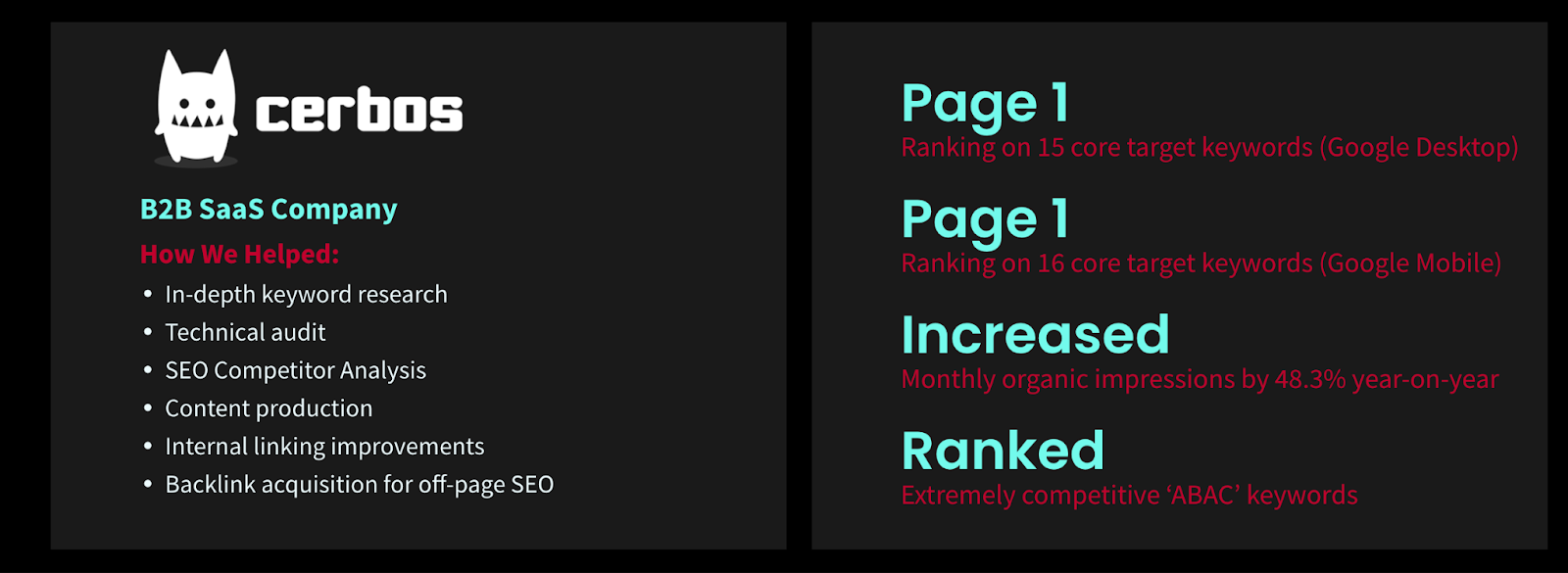
Finally, assess how sales uses content. If reps aren’t sharing it in calls or follow-ups, it likely lacks depth or specificity. Content isn’t just a traffic tool, it’s a revenue lever. Your audit should treat it as such.
Check if high-intent assets are integrated into sales enablement tools (like Notion, CRM snippets, or LinkedIn messages). If not, they might be hidden, forgotten, or irrelevant. Bridge this by mapping your most valuable content to each sales stage, and making it dead simple to access.
8. Summarize Findings and Build a Prioritized Action Plan
A strong audit is worthless without action. Once your findings are in, distill them into a clear, prioritized roadmap focused on revenue impact, not surface-level optimization.
Start by ranking issues by severity and business value. What’s actively blocking conversions or traffic growth? What’s low-effort, high-impact? Group findings into themes like “SEO,” “Conversion,” and “Content Alignment” for clarity.
Each issue should include:
- The problem
- Why it matters (quantified if possible)
- Recommended fix
- Owner and deadline
Avoid dumping a long checklist on your team. Instead, build phased action plans, fix the high-impact items first, then iterate.
If your internal team is limited, working with a focused agency (like Breaking B2B) helps translate audit insights into execution. Not just strategy, but the actual rollout across technical fixes, content production, and CRO work.

Finally,
schedule a reassessment. A good audit is a snapshot. A great one becomes a cycle, run quarterly, adapted as your goals evolve. That’s how you build a system that scales.
Turn SaaS Audit Insights Into Growth With Breaking B2B
A SaaS marketing audit isn’t about checking boxes, it’s about identifying what drives real revenue and what’s holding you back. If you're serious about scaling growth, that’s where Breaking B2B comes in.
We go beyond surface-level audits. Instead, we craft SEO and content strategies that turn your website into a true sales engine. Whether it's fixing underperforming pages, creating content that captures bottom-funnel demand, or tightening up your conversion paths, we build actionable, revenue-driven roadmaps tailored for B2B tech and SaaS companies.
Ready to turn SaaS audit insights into revenue? Book a call with Breaking B2B today.




